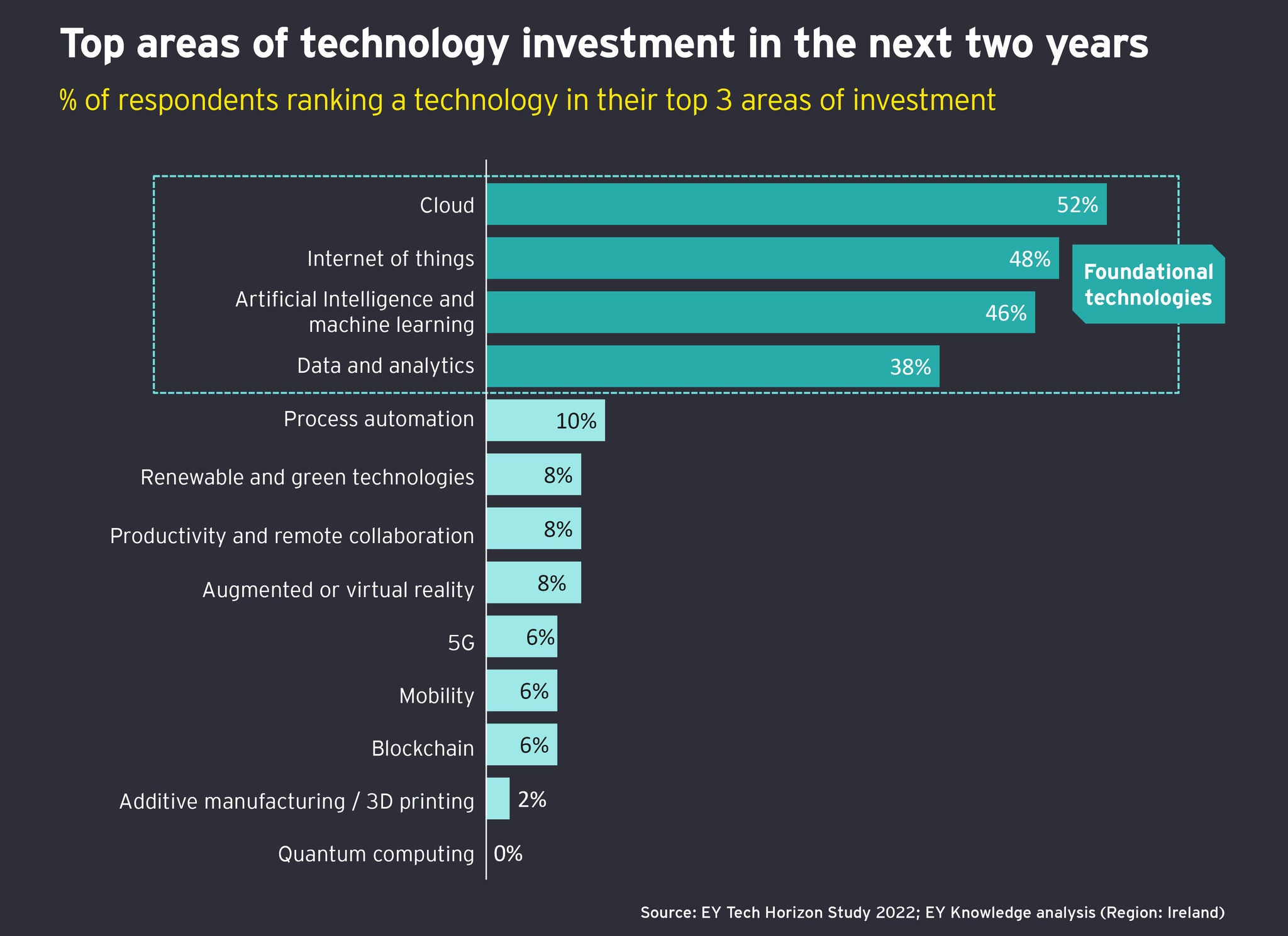EY refers to the global organization, and may refer to one or more, of the member firms of Ernst & Young Global Limited, each of which is a separate legal entity. Ernst & Young Global Limited, a UK company limited by guarantee, does not provide services to clients.
How EY can help
-
Discover how EY's digital transformation teams can help your business evolve quickly to seize opportunities and mitigate risks. Find out more.
Read more
Customer focus is viewed as the most important factor to a successful transformation, and innovation is seen as the key to a better customer experience. Hence, to succeed and become customer centric, organisations need to view data as an asset of equal value to raw materials or sales.
This requires investment, but it will also deliver great value. Employees will make more informed decisions on the spot, customers and their behaviour will be better analysed, and supply chain problems unravelled more quickly if the organisation is data centric. These tactical decisions will then aggregate into insightful predictive analytics delivering benefits such as more accurate market entry plans or supply chain overhauls. Data will no longer look backward; it will predict the future with great accuracy.
“As customer interactions are becoming increasingly digital first, the ability to capture customer data and link it to other organisational data is becoming essential. By creating a 360-degree view of the customer, which captures all customer interactions, and layers in advanced AI and ML tools, organisations can offer seamless customer experiences that enhance customer satisfaction and drive positive business outcomes,” says David Ryan, DA Partner and Data Analytics Customer Lead.
What’s holding Irish organisations back in their pursuit of data centricity? According to our survey, the top challenges to making this a reality are a mix of leadership, technical, and financial constraints.











